Lentils are a type of legume, which indicates a seed that develops inside a pod, and can be found in a rainbow of colours and sizes. They have long been used as a source of plant-based protein in both traditional Indian cooking (daal) and vegan food.
Lentils can be prepared quickly and caontain no gluten. Lentils are beneficial to your health since they are high in protein and fibre. Lentils are a staple in vegetarian and vegan diets. Lentils are beneficial for your health since they contain bioactive chemicals and polyphenolsi. In addition, they benefit the heart, the digestive system, and the health of pregnant women.
Table of Contents
What are lentils?
The curved lens form of the lentil seed inspired the scientific name Lens culinaris. Western Asia and North America are the original homes of these legumes. Ancient Roman and Egyptian diets included lentils, making it one of the oldest domesticated crops. Lentils are a staple food in many cultures because their mild, earthy, nutty flavour complements a wide range of dishes. The majority of the world's lentils are grown in Canada and India.
Different types of lentils:
Yellow, red, green, brown, and even black lentils exist, and these colours are commonly used to classify them.
Some of the most popular kinds of lentils are as follows:
Brown. These constitute the bulk of the food supply. They're perfect for making hearty stews and soups due to their earthy flavour and forgiving cooking.
Puy. They get their name from the place of their origin- Le Puy in France. Though visually similar to green lentils, these are only about a third as big and have a peppery flavour instead.
Green. In place of more expensive Puy lentils, you can use these, which come in a range of sizes.
Yellow and scarlet. These split lentils are quick to prepare. They have a slightly sweet and nutty flavour, making them perfect for dal.
Beluga. These small black lentils have a similar appearance to caviar. They work wonderfully as a foundation for hot salads.
Importance of lentils in Indian cuisine:
Lentils are used in a wide variety of traditional Indian dishes. Foods like dals, flatbreads, and even some Maggie noodles are derived from lentils. Vegetarians can get a lot of their protein needs met by eating beans and lentils, and there are a lot of vegetarians in India.
Different ways to use lentils:
- Place the lentils in a colander and sort over them to remove any small stones or debris before cooking. To finish, give it a good rinsing.
- Lentils don't require any pre-soaking because they cook so rapidly.
- Put 1 cup of clean dry lentils and 3 cups of liquid (water or stock) in a medium pot and bring to a boil. Bring the water to a boil, then lower the heat to medium and cover the pan. Whole lentils need 20-30 minutes to cook, while split lentils take only 10-15 minutes. The overall time can be modified to provide a specific feel. Reduce the cooking time for whole lentils if you prefer a crunchier texture in salads; increase it for softer, mushier split lentils.
- Red split lentils soften easily during cooking and can be blended into a smooth consistency. Soups and stews benefit most from their use to thicken the dish. Green and black lentils, when prepared whole, retain their shape and make a nutritious complement to salads and whole grains. They can also be enjoyed on their own after being seasoned.
- Precooked lentils in a can or vacuum pack are convenient to use in cooking. To lessen sodium intake, thorough rinsing is recommended before use.
- Raw sprouted lentils have a unique crunchier texture than their cooked counterparts, but may be simpler to digest for some.
Health benefits of lentils:
Reduce Blood Pressure
They include a lot of soluble fibre, which helps lower blood cholesterol. Reducing cholesterol levels helps keep arteries clear, which lowers the risk of cardiovascular disease and stroke.
Heart Health
Lentils, which are high in fibre, have been demonstrated in multiple studies to lower cardiovascular disease risk. They also include significant amounts of heart-healthy nutrients including folate and magnesium. Folate reduces homocysteine, a major risk factor for cardiovascular disease. The distribution of oxygen and nutrients in the circulation is also enhanced by magnesium. Eating lentils will keep your heart healthy because magnesium deficiency is directly linked to heart disease.
Digestion and Immunity
Constipation and other digestive diseases like irritable bowel syndrome can be avoided with the aid of the insoluble dietary fibre included in them.
Boosts Vitality
Because of the complex carbs and fibre they contain, they provide sustained energy. The iron in lentils is essential for the delivery of oxygen throughout the body and the creation of energy.
Reducing Body Fat
They're packed with healthy stuff like protein, fibre, minerals, and vitamins, but still manage to be low in calories and fat-free. Despite having only 230 calories per cup, cooked lentils will leave you feeling full and content.
Improved Blood Sugar Stability
Soluble fibre has the additional benefit of preventing the absorption of carbs, which slows digestion and maintains a steady blood sugar level. Those who suffer from diabetes, insulin resistance, or hypoglycemia may benefit greatly from this.
Healthy Proteins
They rank third among legumes and nuts in terms of protein content. Lentils are great for vegetarians and vegans because protein accounts for 26% of their calorie content.
Quick tips of using lentils:
- Lentils are a great way to boost the nutritional value and fibre content of any soup or stew.
- Lentils are a great protein source if you precook them and store them in the fridge.
- Substitute lentils with beans wherever possible.
- Make a meatless Bolognese sauce or lasagna by subbing red lentils for some of the ground meat.
- With a fork, mash together cooked lentils, garlic, onion, chilli powder, and diced tomatoes to make a lentil dip.
- Keep an eye out for novel crackers, chips, and pasta options like those made with lentils.

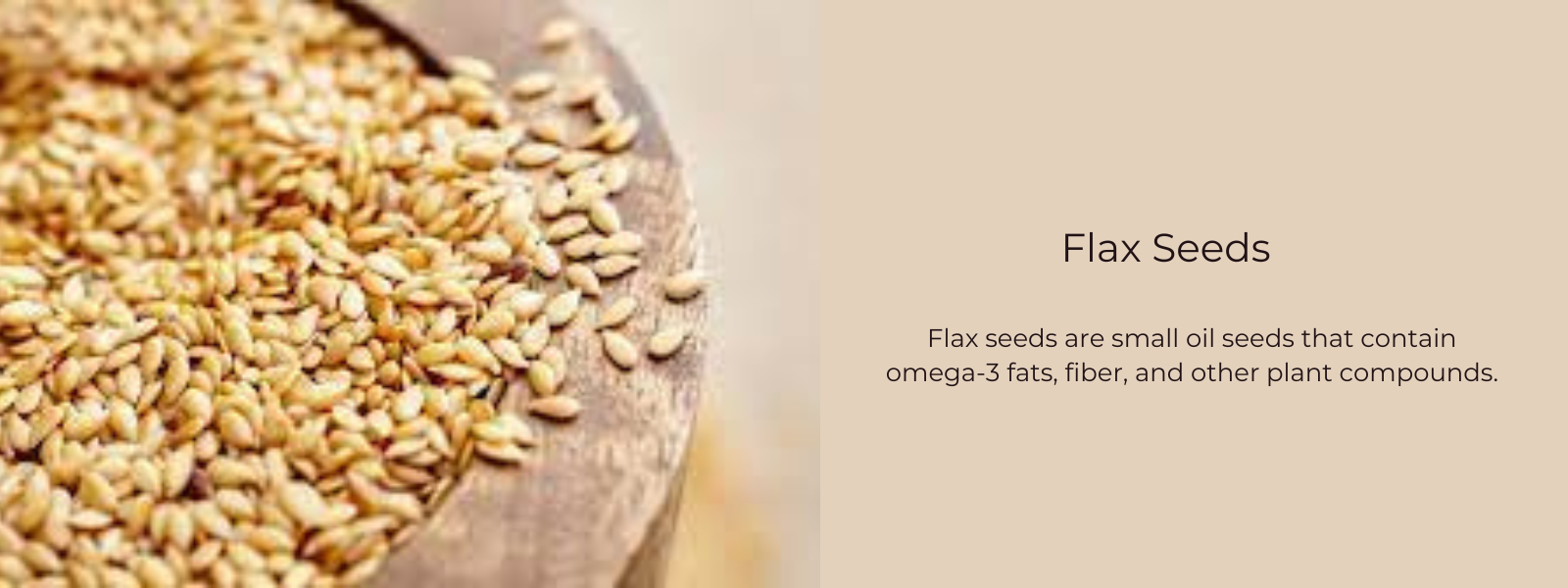
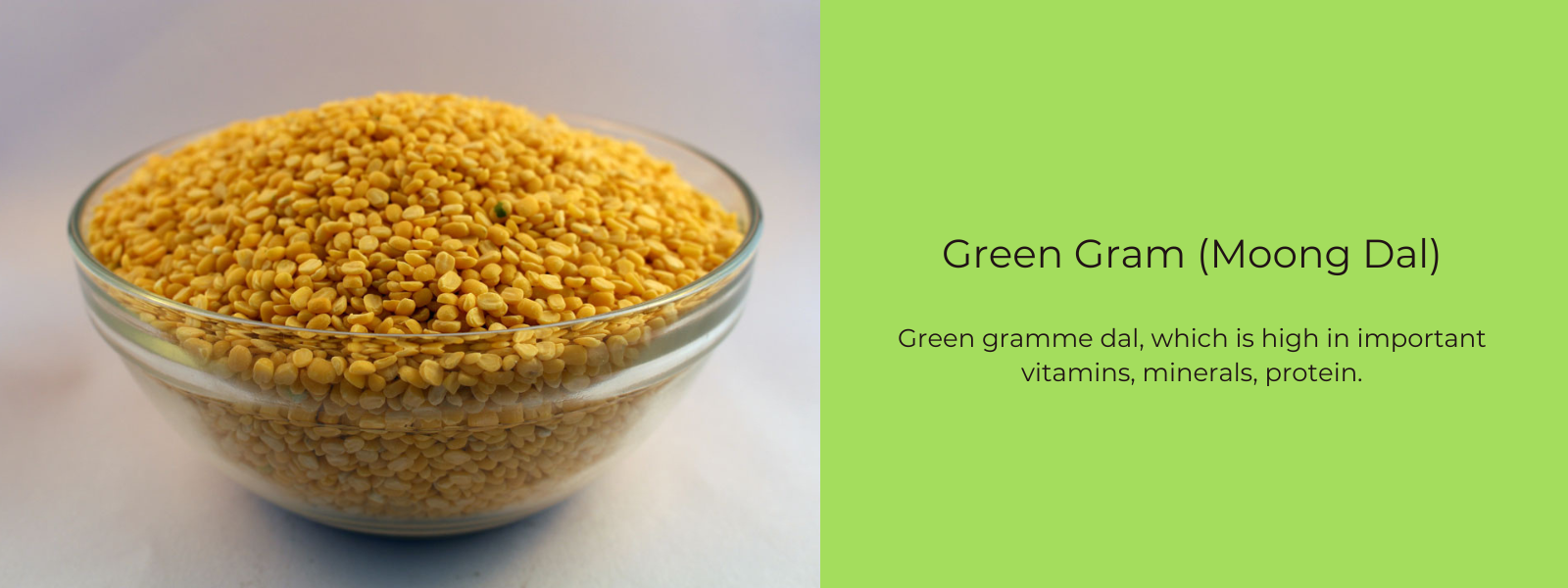
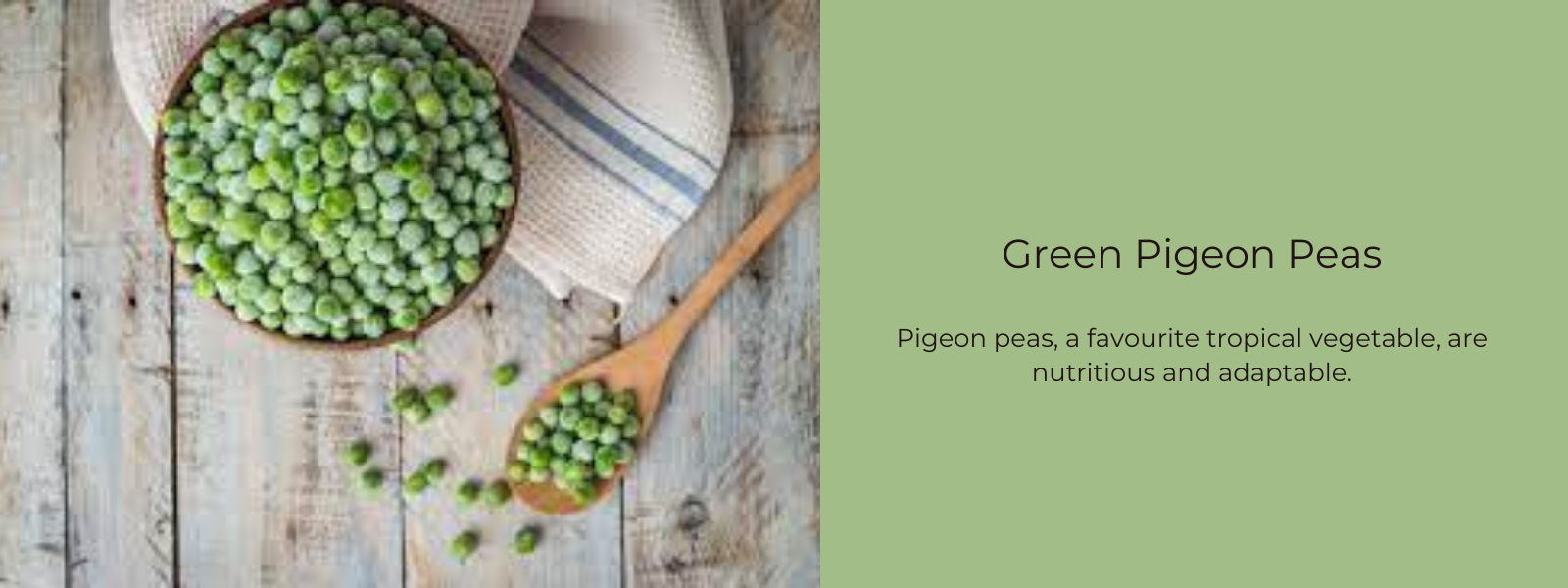
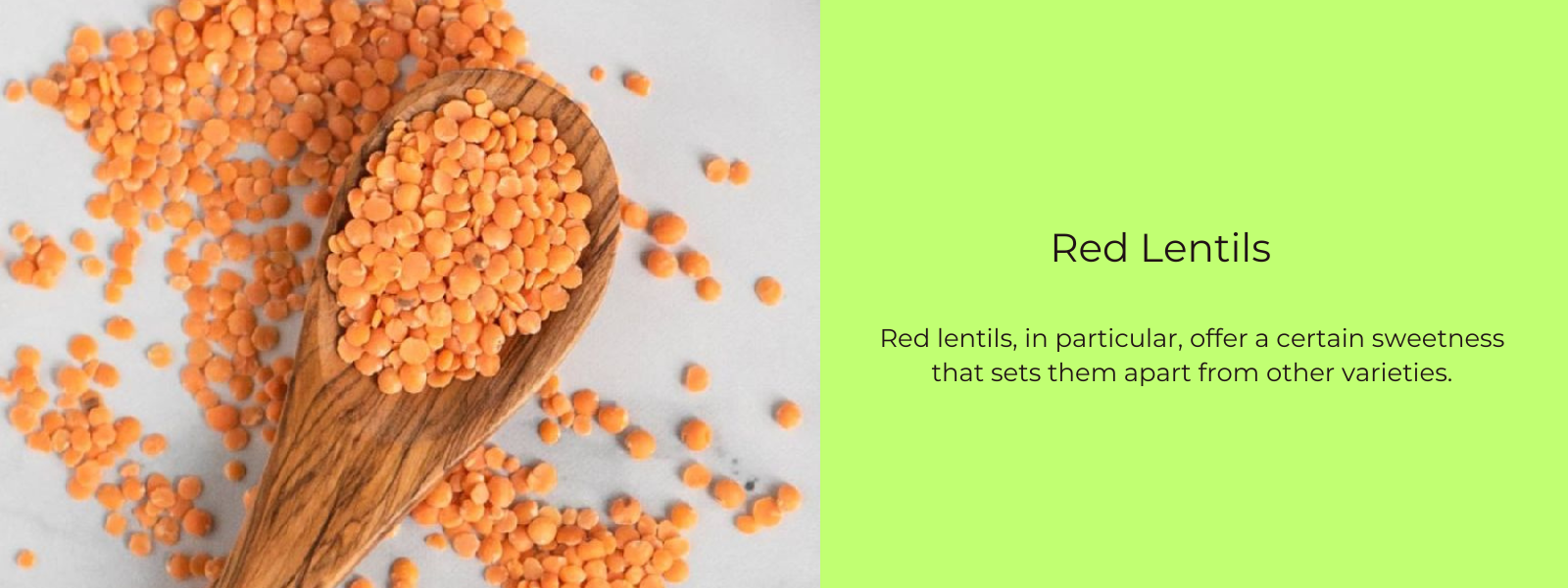
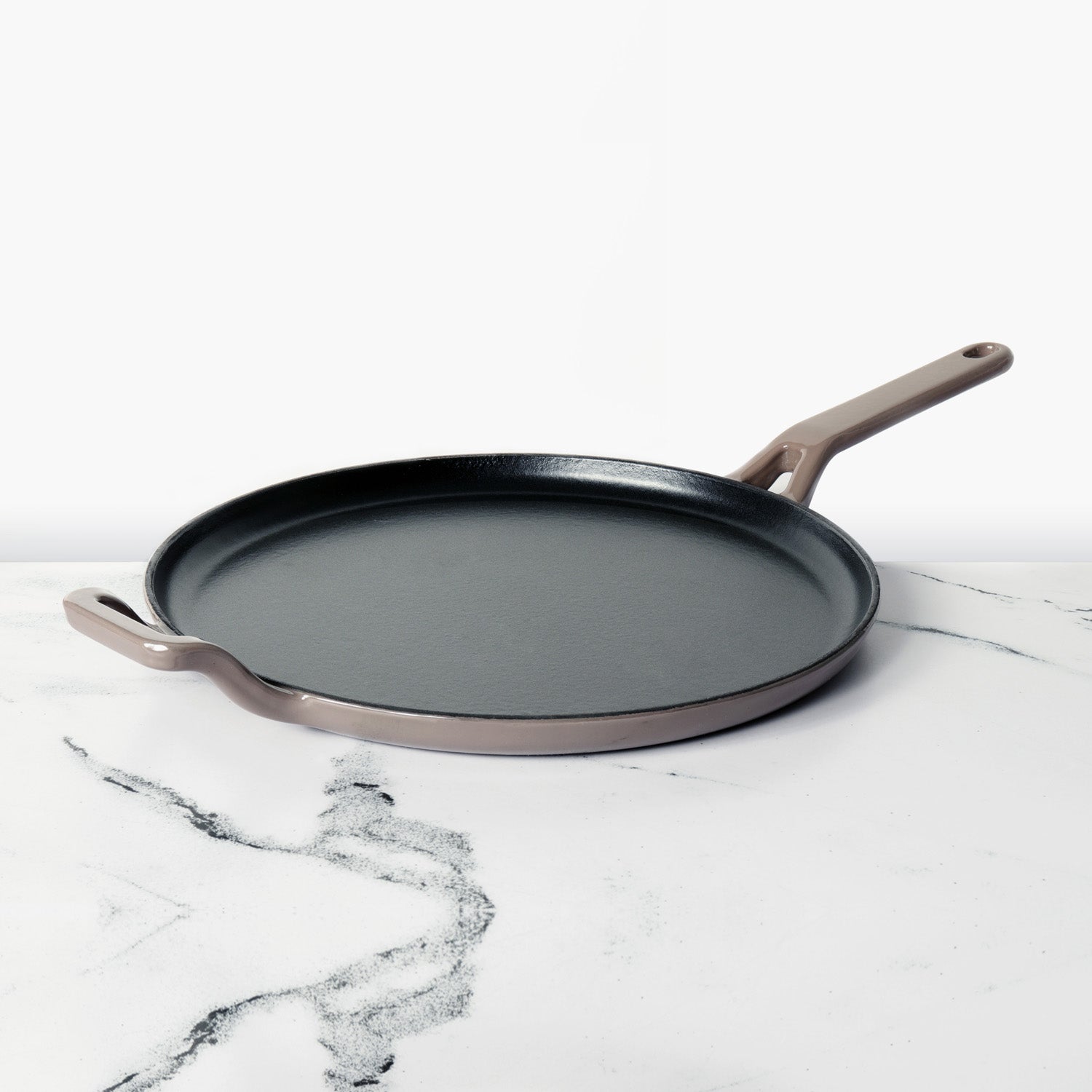
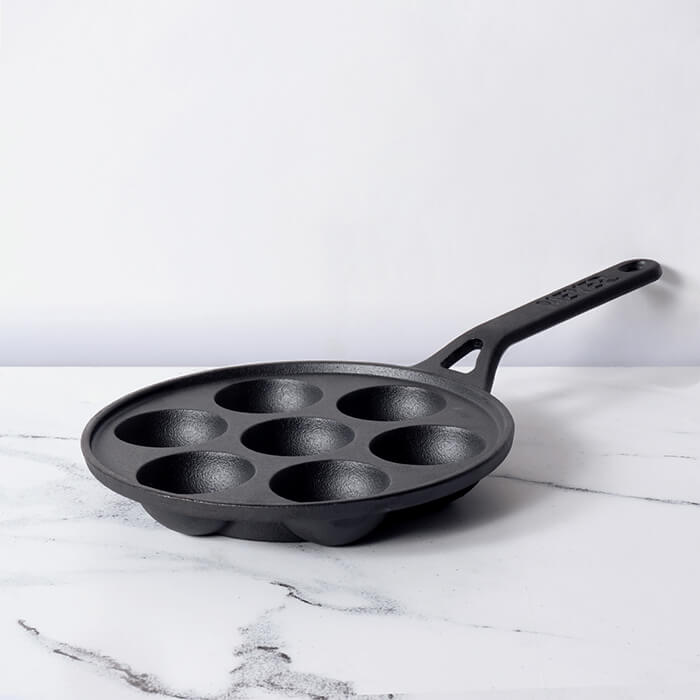




Leave a comment